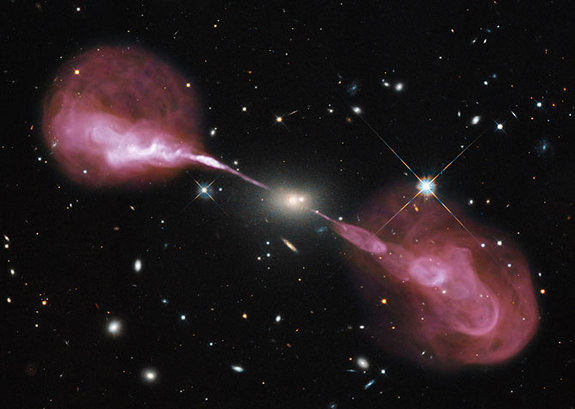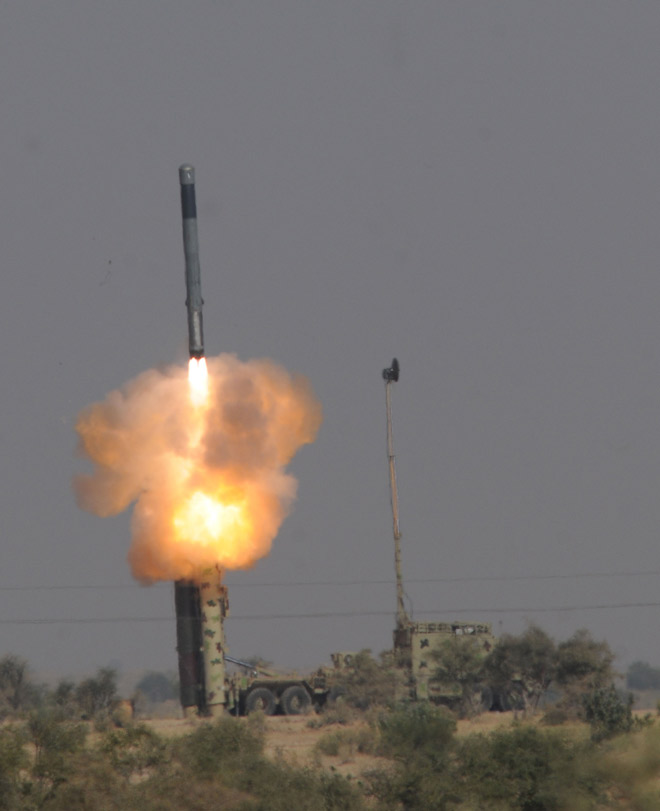
A representational photo.
LONDON/PUNE (PTI): Indian astronomers have discovered an extremely rare radio galaxy - a giant, with an extent of a whopping 4 million light years caught in its dying phase at an incredible distance of 9 billion light years.
A team of astronomers working at the National Centre for Radio Astrophysics (NCRA), Pune, using the Giant Metrewave Radio Telescope (GMRT), found the galaxy located towards the constellation Cetus, emitting powerful radio waves with an end to end extent of 4 million light years.
Such galaxies with extremely large 'radio size' are appropriately called giant radio galaxies.
It is argued that the presence of a super massive black hole at the centre of the galaxy drives large scale jets of hot plasma in diametrically opposite directions which eventually give rise to large radio lobes.
While radio galaxies with size less than a million light years are common, giant radio galaxies are extremely rare, even more so, at large cosmic distances where only a handful have been discovered so far.
The newly discovered galaxy known by its scientific name 'J021659-044920' is the newest member of this elite group.
Under some special circumstances, the central black hole may stop producing the radio jet, and then the bright radio lobes fade away, within a few million years, due to lack of replenishment.
What makes J021659-044920 special, is that it has been caught in this dying phase, where the radio jet appears to have switched off and the radio lobes have started fading.
The fading of the lobes is caused by their losing energy in two ways, one, by emitting radio waves which show up as the gigantic radio lobes and two, by transferring energy to photons from the cosmic microwave background via a process known as inverse Compton scattering.
This latter mechanism leads to faint X-ray emission, which is seen to emanate from the radio lobes of this galaxy.
Such dying radio objects are best studied using a low frequency radio telescope such as the GMRT, according to the findings published in the journal Monthly Notices of the Royal Astronomical Society.
The GMRT, the world's largest radio telescope facility operating at low radio frequencies, is an array of 30 fully steerable, 45 metre diametre antennas, spread out over a 30 km region around Khodad, near Narayangaon town of Pune district.
For their analysis, the team combined their GMRT observations with previous observations made with a slew of international ground and space based telescope facilities - XMM-Newton Space Telescope in X-ray, the Japanese Subaru telescope in optical, UK's Infrared Telescope in near-infrared, NASA's Spitzer Space Telescope in mid-infrared and the Jansky Very Large Array (US) in high frequency radio bands.
 Previous Article
Previous Article Next Article
Next Article












The Indian Air Force, in its flight trials evaluation report submitted before the Defence Ministry l..
view articleAn insight into the Medium Multi-Role Combat Aircraft competition...
view articleSky enthusiasts can now spot the International Space Station (ISS) commanded by Indian-American astr..
view article